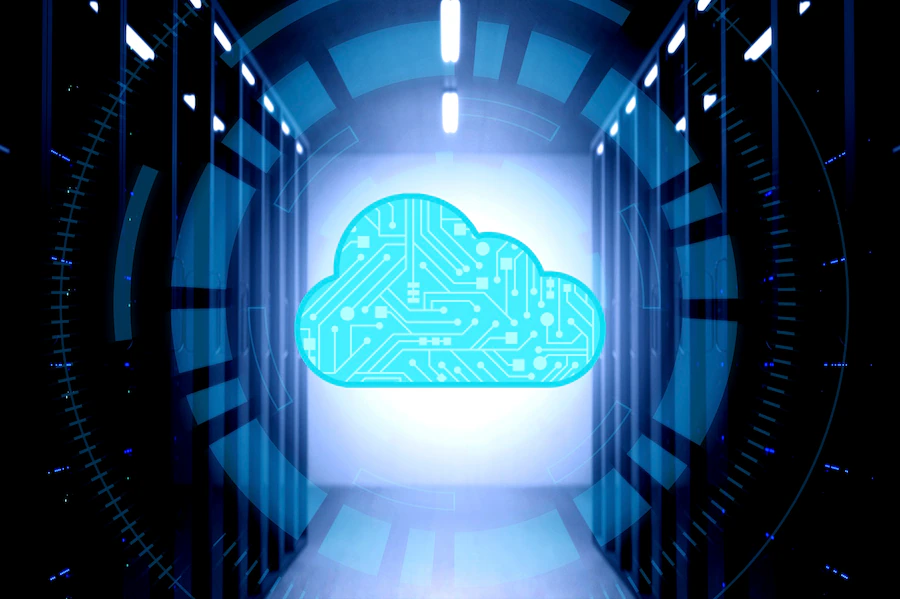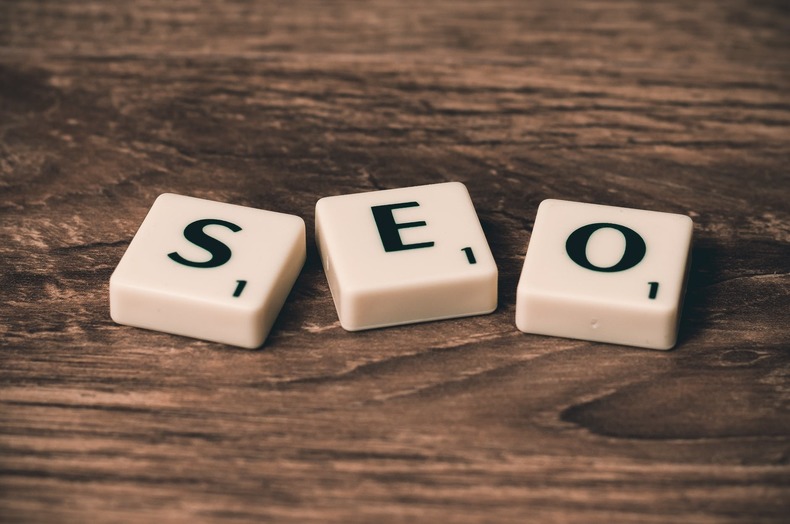Is Drupal the right CMS for your B2B website? Here’s how to decide
Jun 23, 2025

Jun 23, 2025

Jun 23, 2025

Jun 22, 2025

Jun 20, 2025

Jun 20, 2025

Jun 19, 2025

Jun 18, 2025

Jun 18, 2025
Sorry, but nothing matched your search "". Please try again with some different keywords.


Cyber attacks are a reality for organizations, but they’re getting worse. With remote working, digital transformation, and cloud/SaaS adoption, the attack surface is increasing.
Visibility of the cyber asset attack surface is critical for enabling security teams to proactively detect, assess, and respond to threats. But what does this mean for organizations?

The physical attack surface includes all hardware and devices a cyberattacker could use to breach an organization’s systems. This includes desktop computers, USB ports, mobile devices, hard drives, and more. It can be exploited by inside threats such as rogue employees, social engineering ploys, or malicious intruders posing as service workers. It can also be exposed to external threats like phishing, compromised passwords, or physical break-ins.
CAASM solutions can help reduce an organization’s attack surface by giving teams unified visibility into their organizational data and assets through a single pane of glass. They can then prioritize vulnerabilities based on the risk to the business and establish security benchmarks for their critical assets. They can also monitor their internal network and resources that are not accessible to the public, such as private servers and internal cloud applications. They can even do monitoring based on policy sets, such as PCI or HIPAA, to identify configuration issues and vulnerabilities that may equate to violations.
The attack surface of a business is no longer limited to a network – it’s now an infinitely scalable set of internet-facing assets. This includes cloud infrastructure, rogue assets spun by malicious actors, and even a company’s web applications.
Enterprise teams are responsible for inventorying, managing, and protecting these digital assets. Keeping track of all these assets takes a lot of work.
CAASM solutions enable organizations to gain visibility into their entire attack surface through a single pane of glass. These tools can identify and classify assets, reduce risk by identifying vulnerabilities, prioritize remediation actions, and more. They also enable them to see the threat landscape as a bad actor would, which is critical for prioritizing and responding to a breach. This information can then be used to drive a more targeted, practical approach to security.

A cloud cyber asset attack surface consists of all the different pathways that hackers or malicious software can use to access an organization’s sensitive data. This includes cloud workloads, IAM policies, ephemeral devices, storage buckets, code repositories, and even hardware equipment like routers or servers.
Threat actors can gain unauthorized access to these assets through various methods, including unprotected network ports, misconfigured settings, and vulnerabilities in software. They can also be stolen in data breaches and shared on the dark web.
These attack surfaces are growing more sophisticated and threatening, and security teams need to be able to identify and secure them. This is why cyber attack surface management (CAASM) is so important. CAASM solutions enable security teams to overcome visibility challenges with a unified view of their attack surface. This enables them to quickly identify policy, configuration, and hygiene gaps and automate remediation workflows. They can also gain rich context from internal and external sources to apply to asset-related questions.
The emergence of cloud environments, accelerated systems deployments, and hybrid work models have led to an explosion of assets that comprise your organization’s attack surface. This has created a colossal challenge for resource-strapped cybersecurity teams tasked with identifying, managing, and reducing the risk of these systems.
Cyber asset attack surface management (CAASM) solutions help to overcome these challenges by providing a consolidated view of all assets, their relationships, and the associated vulnerabilities. These tools can classify and prioritize assets, reduce the risk of internet-facing assets, assess cloud security posture, and provide unified cyber insights for a complete understanding of your attack surface.
The best CAASM tools use human evaluation, automated discovery, and inventory to prioritize vulnerabilities and accurately deliver the most valuable information. This helps teams to prioritize their most critical vulnerabilities and maximize the ROI of their cybersecurity investments. This is especially important for companies in a state of continuous change, with new systems being added constantly and existing ones being updated.
Read Also:
Shahnawaz is a passionate and professional Content writer. He loves to read, write, draw and share his knowledge in different niches like Technology, Cryptocurrency, Travel, Social Media, Social Media Marketing, and Healthcare.
View all Posts
Is Drupal the right CMS for your B2B website?...
Jun 23, 2025
How To Get Yellow Heart Snapchat Emojis? A Co...
Jun 23, 2025
150+ Video Submission Sites To Work With In 2...
Jun 22, 2025
What Are The Best Shopify Alternatives In 202...
Jun 20, 2025
What Is The Primary Advantage Of Using Genera...
Jun 20, 2025

